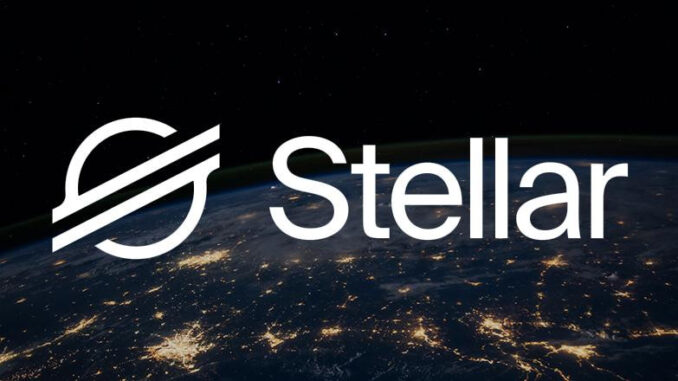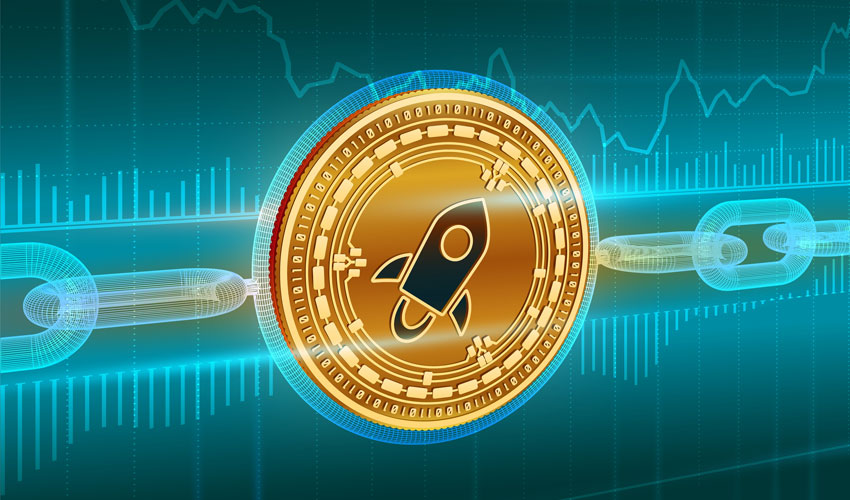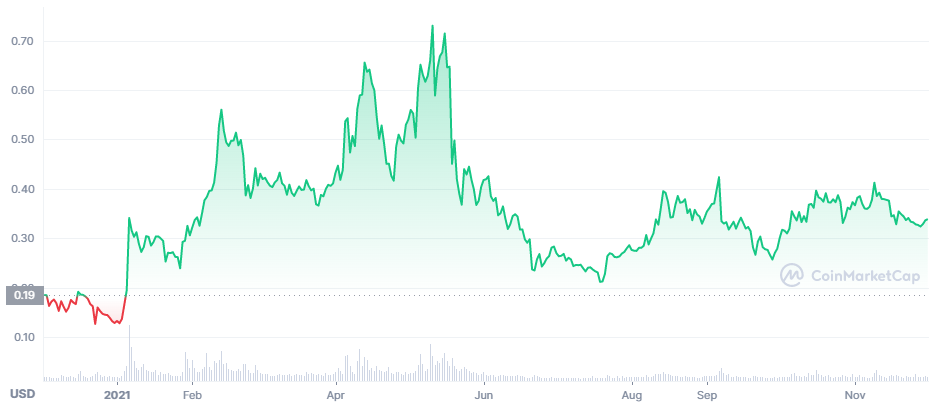
The crypto project Stellar is an open-source payment network. Now, 7 years after the start of this blockchain project, its currency – Stellar Lumens (XLM) – steadily occupies a place in the top of the most promising and popular altcoins. Is it worth investing in?
The history of Stellar began in 2014 when its founder – Jed McCaleb – left the Ripple platform, on which he had been working since 2011, for a new project. More precisely, he decided to do the same thing, but with a different vector.
The thing is that in its concept Stellar is almost identical to Ripple – both systems:
- Do not support mining: unlike bitcoin, their tokens cannot be mined, all coins are immediately put into circulation by the system itself.
- Provide virtually free instant transactions.
- Designed to allow users to buy and sell different currencies at minimal cost.
The key difference is the audience: while Ripple is aimed at large banks and consortiums, Stellar is designed for individuals and businesses – including those from developing countries. In essence, McCaleb took the off-the-shelf Ripple model and then created a more affordable clone of it.
This decision looks ambiguous: on the one hand, Ripple is incomparably superior to Stellar in scale, but on the other hand, Stellar does not attract as much attention from regulators. While Ripple is suing the SEC, Stellar is developing, and that is a big plus.
In addition, Ripple’s successes play into the hands of its junior counterpart, confirming the system’s reliability and potential. Practice shows that market players care about this:
- In the first year of its existence, Stellar received 3 million users, and the capitalization of the project came close to $15 million.
- In 2015, the company released integration with Vumi, the popular messenger of the Praekelt Foundation (South Africa).
- In 2016, integration with Deloitte took place, and then Coins.ph, ICICI Indian Bank and several other large companies joined the Stellar payment network.
- In 2017, KickEx and IBM, interested in facilitating cross-border transactions in the South Pacific region, became partners of the project. During this period, Stellar’s token, Lumens, ranked 13th by market capitalization – 30 banks confirmed their cooperation with the platform.
And so on. By now, Stellar Lumens is among the top 30 altcoins, and does so quite deservedly. At the moment, the market capitalization of XLM is $8.3 billion, and the daily trading volume is around $700 million – more than impressive figures. But where is the demand coming from?
If Lumens can’t be mined, why are they needed?

The demand for XLM token is caused by the peculiarities of the marketplace itself. In fact, it is Lumens that allows Stellar users to trade currencies with minimal fees, tokens are indispensable for cross-border transactions.
For example, you need to transfer money from China (yuan) to the United States (U.S. dollars). If you use a regular bank transfer with currency conversion at the exchange rate, the commission can be up to 7%. In the case of transfer via Stellar you technically perform two operations:
- First, you buy Lumens for yuan;
- Then you buy dollars for those Lumens, which go to the recipient (you or another person).
The final commission will be less than a percentage, and the transaction itself will take seconds. Direct savings.
With its own tokens, the platform does not allocate any currency as the main one. Stellar financial system includes money from most countries of the world, their availability to users – in the form of digital tokens, the rate of which is pegged to the real currency – is exactly the same. Transparency, decentralization, independence, reliability and universality: Stellar’s success is based on the fact that this financial system is extremely convenient for all its participants. And this is a very powerful foundation.
Is this a good time to invest in Stellar?
The position of the coin is very strong at the moment – since the beginning of the year Lumens grew almost three times: if on January 1 the coin was trading at $0.132, at the moment of writing this article the value of altcoin is $0.34. In May, at its peak it was offered $0.73 for one XLM.

However, such a sharp upsurge is unlikely to happen again in the near future. Moreover, in the summer of 2021 the rate of XLM has fallen almost to $0.2 per coin. And though since that time Stellar Lumen strengthened almost 1.5 times, the predictions about the rate of $0.6-0.75 by the end of 2021 are obviously a pipe dream. As boring as it sounds, a rate of $0.33-0.39 per coin is most likely in 2022. On the other hand, it is hardly a good idea to invest in cryptocurrency at the peak of its price. Perhaps, given the relatively low rate of XLM, there is still a lucrative opportunity to buy it now.
The next question is whether there is currently a possibility of a significant loss of funds when investing in XLM? From our perspective, the likelihood of that happening is minimal. If we study the history of the coin’s prices, it becomes obvious: despite the ups and downs, there was not a single moment in the history of XLM when the token became unclaimed. This means that against the background of the general strengthening of cryptocurrency prices, which will resume sooner or later, XLM has a chance to grow.
Another important factor affecting the price of XLM is the conclusion of cooperation agreements with major players by Stellar. If there are media reports about the likelihood of a deal like the one with IBM, a sharp rise in Lumen is very likely. Therefore, when investing in Stellar, it is important to “keep your hand on the pulse”.
The same goes for investing in XRP, though. Right now, the fate of this asset largely depends on the outcome of the case with the SEC. If it ends up in Ripple’s favor, its coin has a good chance of increasing in value.
That is the nature of all crypto assets – they rise sharply on a wave of hype and positive news, and collapse just as sharply when the wind blows in the other direction.
